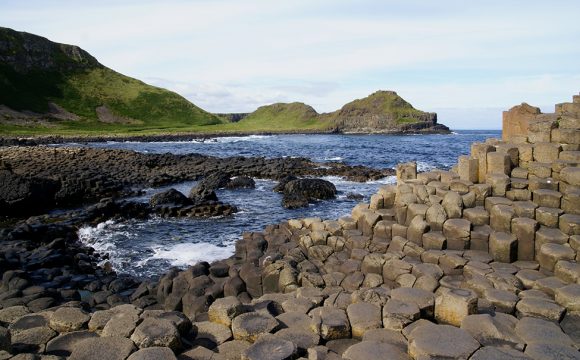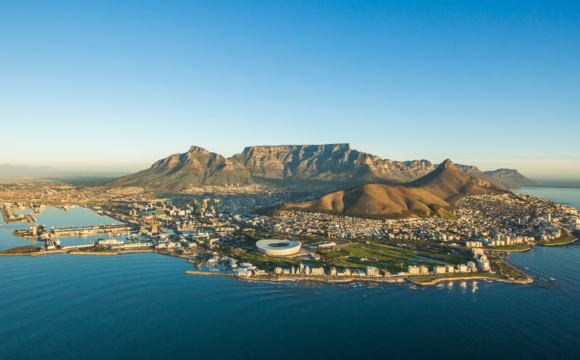The Ministry of Tourism & Wildlife has launched a new strategy which will guide the recovery and growth of the country’s tourism sector in the next five years.
Dubbed “the new vision for Kenya’s tourism” the strategy will provide a road map for the sector and will shape the future of Kenya’s tourism industry by providing a framework that details how to successfully develop sustainable tourism in Kenya.
Speaking during the launch yesterday, Tourism and Wildlife Cabinet Secretary Najib Balala noted that the strategy was an important part of his ministry’s mission to accelerate economic transformation of communities through providing solutions and opening up new opportunities for growth in the sector.
“Despite the many challenges and sometimes difficult environment, the sector has made tremendous progress in developing practical frameworks that deliver a memorable visitor experience. It is against this backdrop that we launch the Tourism Strategy for Kenya 2022-2025 today. The strategy was developed with a clear vison of propelling the sector to newer and higher heights.”
“The strategy fully captures the Magical Kenya tourism brand and highlights the opportunities that the sector can leverage on to not only ensure growth, but also deliver life-changing experiences to the individuals who experience it.” said the Cabinet Secretary.
The five-year plan comes at the backdrop of a challenging environment occasioned by the Covid-19 pandemic and will serve as a blueprint that guides the country’s development efforts in the sector over the next five years. A key component of the new plan is to diversify away from the country’s dependence on Safari and Beach tourism.
To ensure this, the plan highlights four main pillars to actualise this which are: branding, marketing, experiences and enablers. Branding Kenya as a destination starts with a clear articulation of why visitors should travel to the destination in the first place. Marketing then builds on the value proposition by identifying channels that are most effective at delivering this message to key target markets around the world. Specific initiatives will then be developed for each channel, including digitalisation across the tourism spectrum and creating sustainable standards that align with global trends.
The strategy calls for promoting Kenya as a multi-product destination with diverse offerings to enable it compete with its neighbours and other emerging destinations. It also aims at diversifying tourist flows into Kenya from the traditional Europe and North America markets to emerging markets such as India and China.
By outlining an actionable plan designed around the four pillars—brand repositioning, developing new and existing markets, developing new products and experiences as well as developing enablers to further strengthen the sector — the Ministry hopes to transform Kenya into a top tourist destination in Africa.
CS Balala added that the new strategy was an expression of the government’s commitment to accelerate economic growth through investments in key sectors such as tourism. The strategy takes a holistic approach that addresses all aspects of the industry from policy and legislation, to tourism infrastructure, marketing and promotion, as well as governance and capacity building.
He called on stakeholders in the tourism sector to support the implementation of the document through active participation in its implementation process.
On her part, the PS state department of tourism Zeinab Hussein says: “We need to note that this new strategy goes beyond COVID-19 as we are now looking at a much longer horizon than we had planned for earlier. This is because we need to position ourselves to take advantage of emerging trends in tourism. Tourism is a long term business and requires strategic thinking that looks years ahead into the future. We want to get our finger on the pulse so that when things change in other parts of the world, we are able to capitalize on those changes.”
With this new strategy, the tourism ministry is banking on an increase in both international and domestic tourist arrivals as well as increased revenue from existing tourists.
















